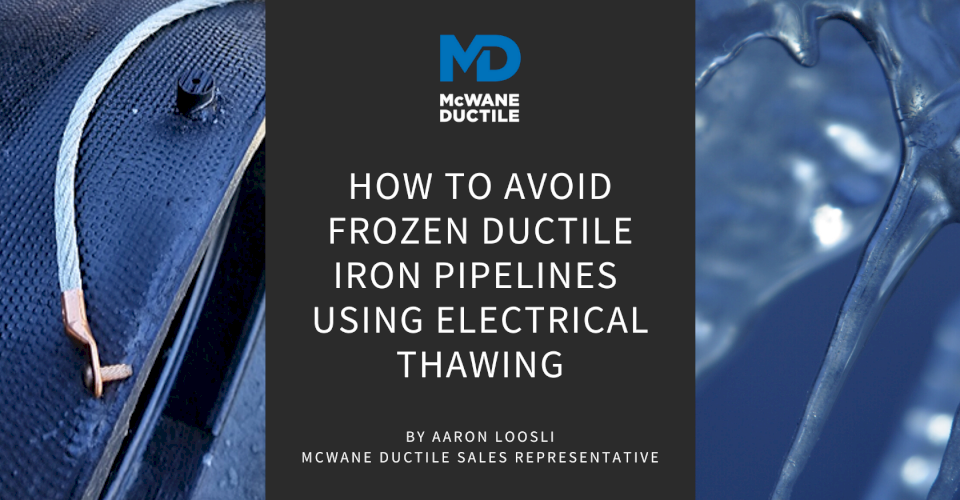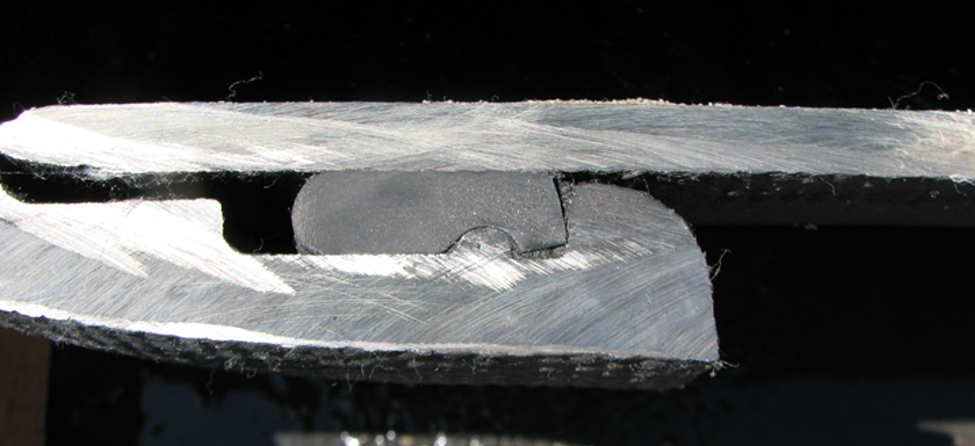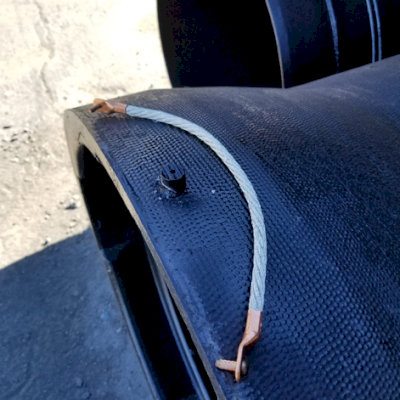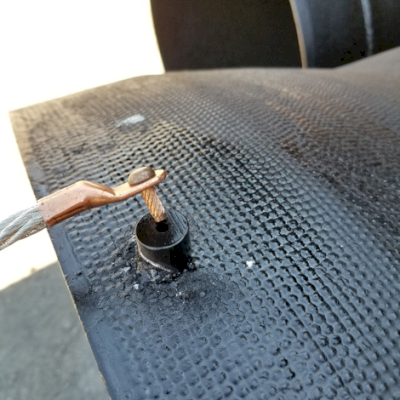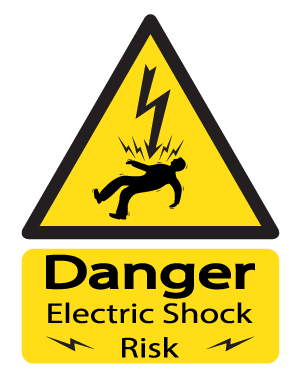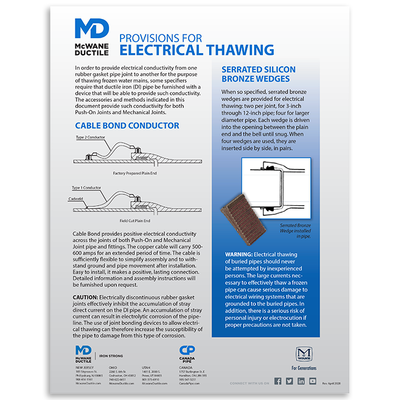Just as we start to feel that spring is just around the corner, Mother Nature reminds us that we are still in the midst of winter and warmer weather may still be days away. Lower temperatures are great for skiing, sledding, and hot beverages by the fire. However, in some parts of the country, a lower reading on the thermometer means trouble for our water lines.
In extremely cold weather, the water in our pipelines can freeze, cutting off supply to our homes and businesses. This inconvenient problem can be remedied in Ductile iron pipelines through the process of electrical thawing
Click the red arrow in the image below to watch a helpful video on the electrical thawing of Ductile iron pipe.
What is Electrical Thawing and How Does it Work?
In order to provide electrical conductivity from one rubber gasket pipe joint to another for the purpose of thawing frozen water mains, some specifiers require that Ductile Iron (DI) pipe be furnished with a device that will be able to provide such conductivity.
Electrical thawing requires the pipeline to be electrically conductive for the length of the entire pipeline, or at least any part that may be at risk of freezing. McWane Ductile iron pipelines have a joint every 18 feet. Those joints are sealed with a rubber gasket. Because the rubber does not conduct electricity, the gaskets serve to electrically isolate each 18-foot section of the pipe and disrupt the conductivity of the line.
In order to provide positive electrical conductivity across the joints of both Push-On and Mechanical Joint pipe and fittings, Mcwane Ductile can provide Cable Bonds.
A Cable Bond is a copper wire connected to a terminal that is welded on both ends of each pipe. The terminals are welded on during the manufacturing process at the foundry. As the pipeline is assembled in the field, wires can be driven into the terminals with a slight tap of a hammer on a drive screw.
The copper cable will carry 500 - 600 amps for an extended period of time. The cable is sufficiently flexible to simplify assembly and to withstand ground and pipe movement after installation. Easy to install, it makes a positive, lasting connection.
These wires serve to electrically bypass the rubber gaskets thus allowing the pipeline to conduct the current needed for electrical thawing.
Electrical Bonding with Serrated Bronze Wedges
Another less common and less reliable method to electrically bond joints is by using Bronze Wedges. This is where a small serrated metal wedge is driven into the space between the bell and spigot of the joint, electrically connecting the two sides. The number of Bronze Wedges per joint is 2 per joint for 3” thru 12” and 4 per joint for 14” thru 36”.
Of course, electrical thawing is not an option on PVC, HDPE, or other plastic piping material because they cannot conduct the current necessary to facilitate the thawing.
Some Words of Caution
It is important to not confuse the wires used for cable bonding with the wires used for cathodic corrosion protection. The wires used for cathodic protection are insulated and are meant to control the path of a galvanic or electrolytic corrosion cell. Cable Bond wires are not insulated and are not meant to control or mitigate corrosion.
In fact, the use of joint bonding devices for electrical thawing can increase the susceptibility of damage to the pipeline due to electrolytic corrosion caused by stray currents. In colder climates, the necessity of electrical continuity for thawing purposes may outweigh the disadvantages of joint bonding. It might be advantageous to coat or wrap the wires with a suitable dielectric tape to mitigate bimetallic corrosion. If copper straps or bond wires are thermite welded to the pipe in the field, the weld and the area surrounding it should be protected with a suitable corrosion-resistant coating.
The electrical thawing of frozen pipelines should never be attempted by inexperienced persons. The large currents necessary to effectively thaw a frozen pipe can cause serious damage to electrical wiring systems that are grounded to the buried pipes. In addition, there is a serious risk of personal injury or electrocution if proper precautions are not taken.
Industry Myth:
A common myth in the industry is that “restraint joints provide metal to metal contact so they must be adequate for conductivity / thawing / cathodic protection.
Industry Truth:
Restraint joint systems are great for their intended use, primarily for restraining thrust forces and reducing/eliminating the need for thrust blocks. Restraint joint systems DO provide metal to metal contact BUT are not adequate for conductivity / thawing / cathodic protection.
Can I Weld Cable Bond Connectors in the Field?
Yes, cable bond connectors may be installed in the field utilizing standard field welding / CAD welding procedures and a welding electrode with a nickel-iron content of at least 44 percent.
Do you need more details on the electrical thawing of Ductile iron pipelines? This handy downloadable tip sheet lists provisions to prevent pipelines from freezing.
Contact Us for Assistance with Electrical Thawing
In order to provide electrical conductivity from one rubber gasket pipe joint to another for the purpose of thawing frozen water mains, you may be required to install devices that will provide such conductivity. If you have any questions or need assistance with determining the best course of action for your installation, contact your local McWane Ductile Salesperson.
We offer multiple services for our customers extending far beyond manufacturing Ductile iron pipe. From design to installation, we take great pride in providing education and assistance to water professionals throughout the water and wastewater industry.
Check out all our digital offerings

